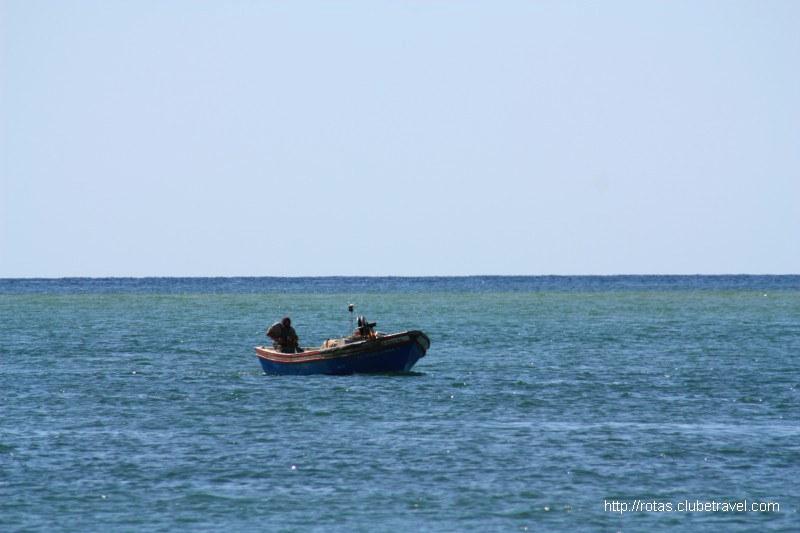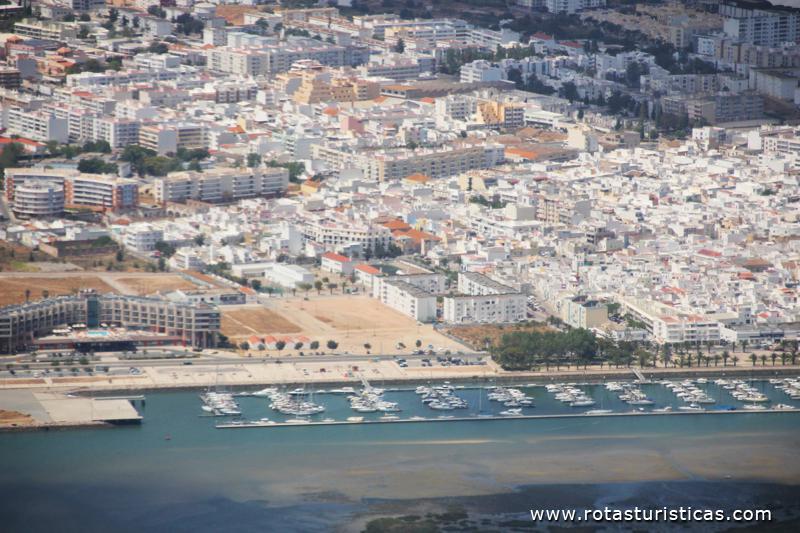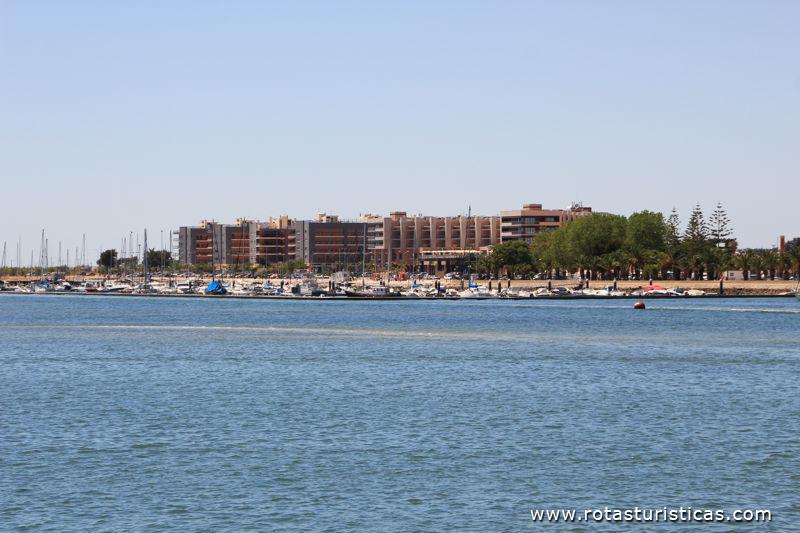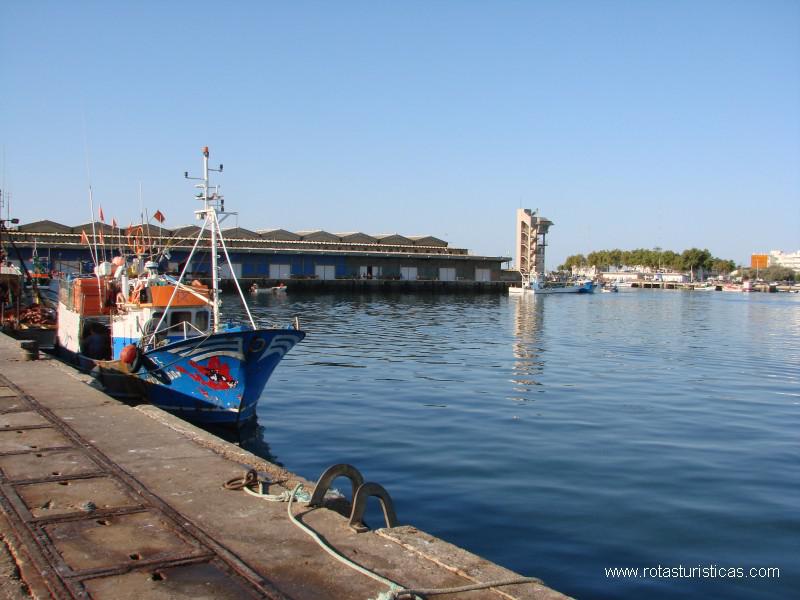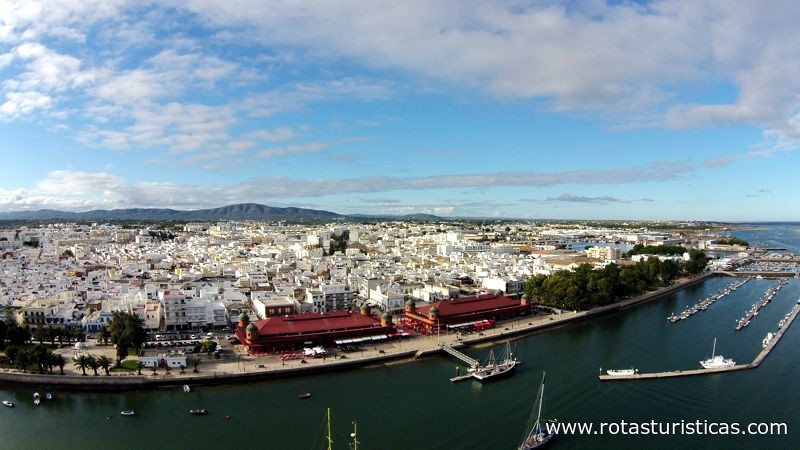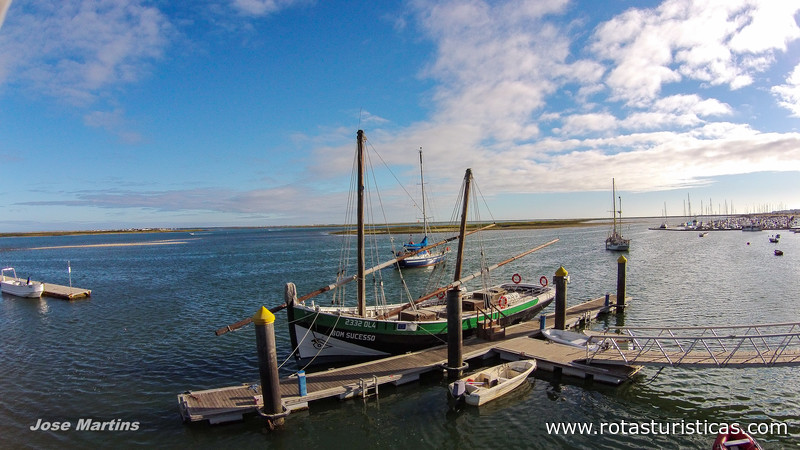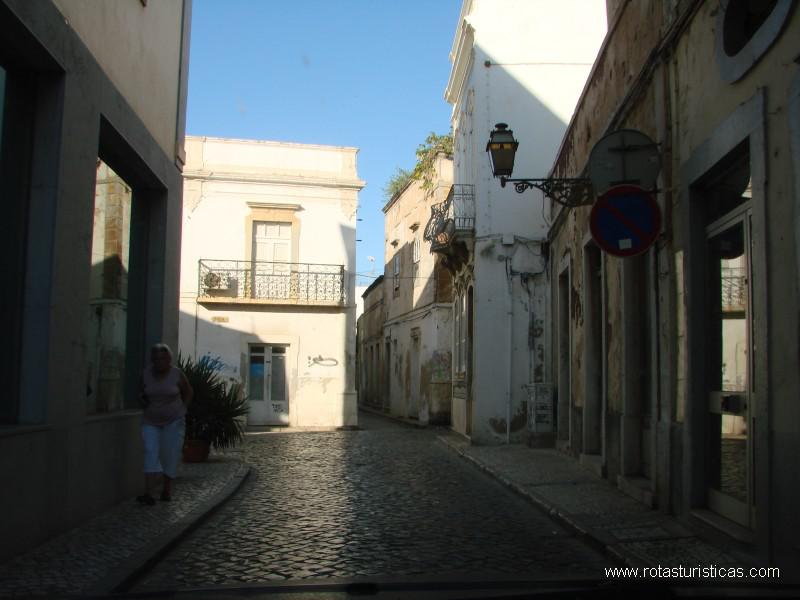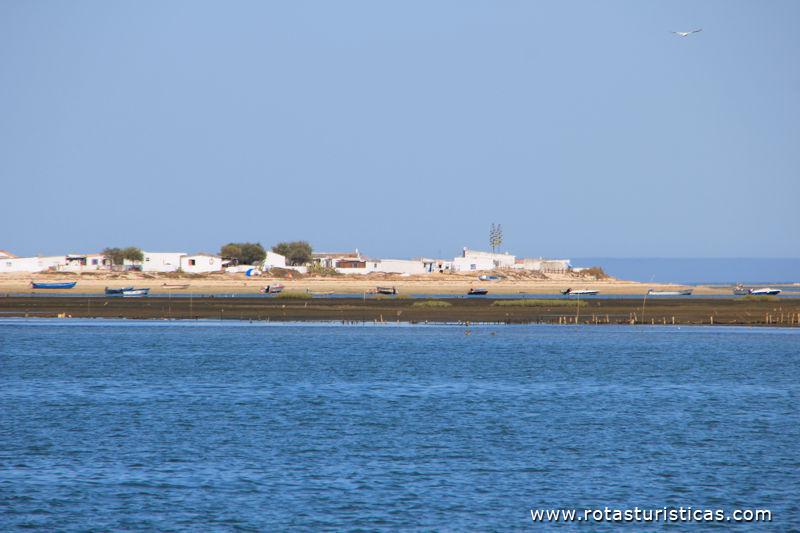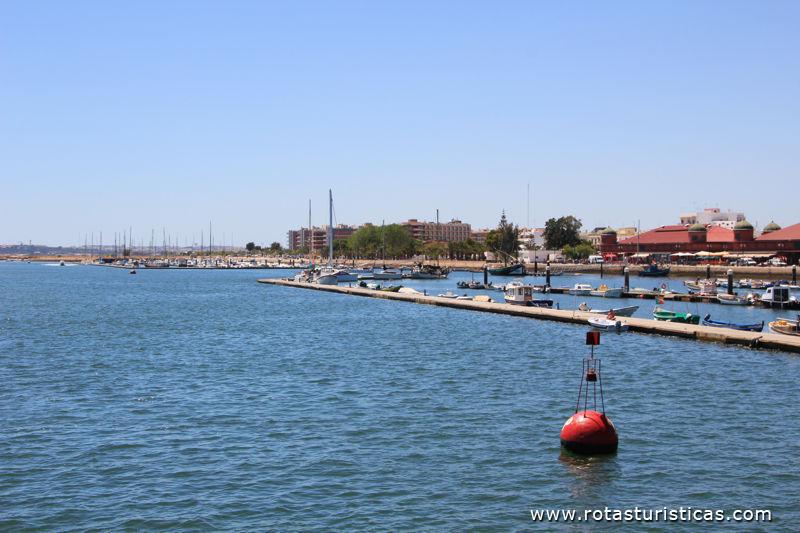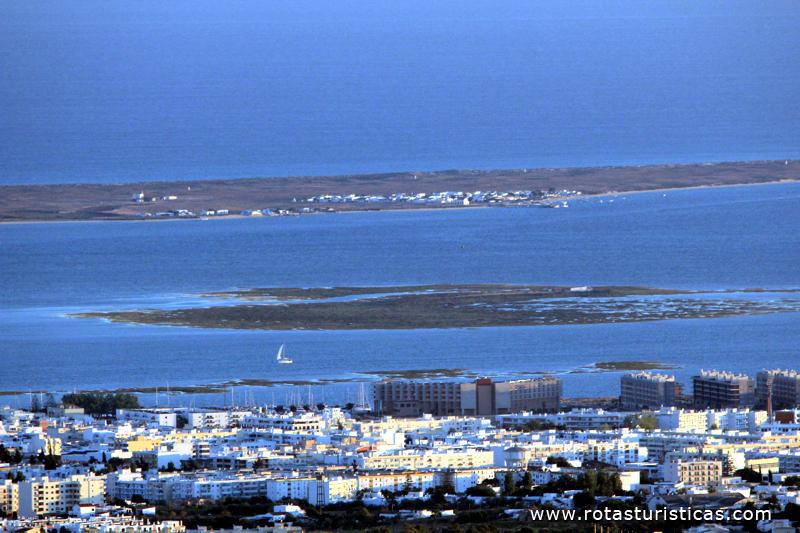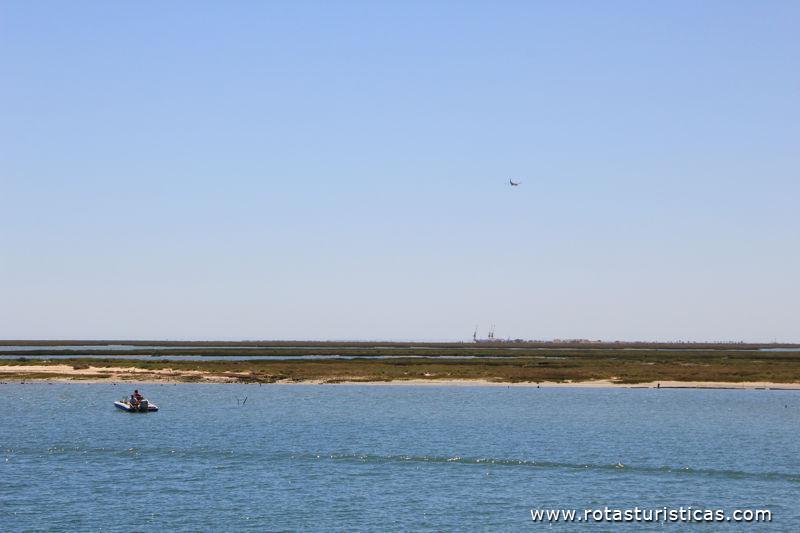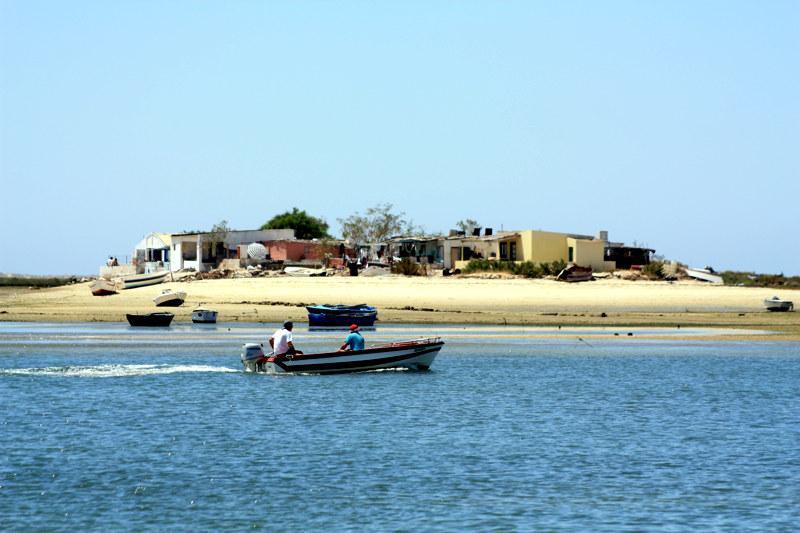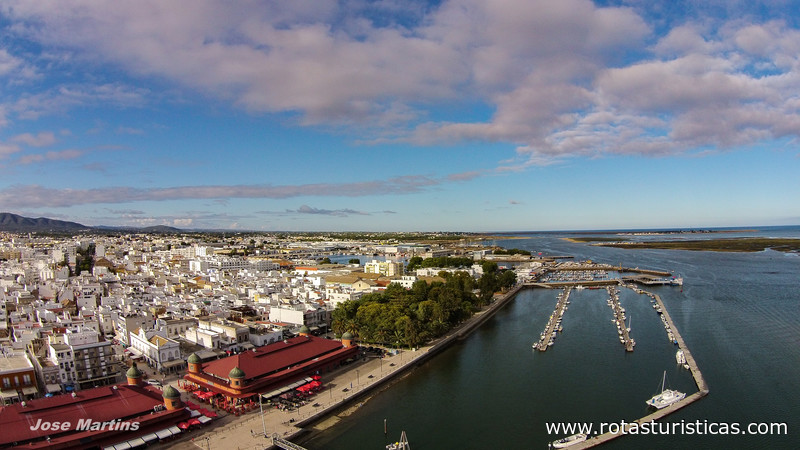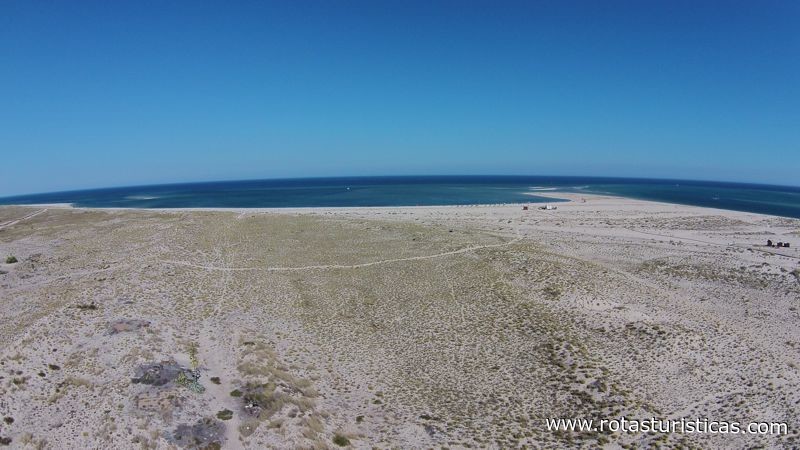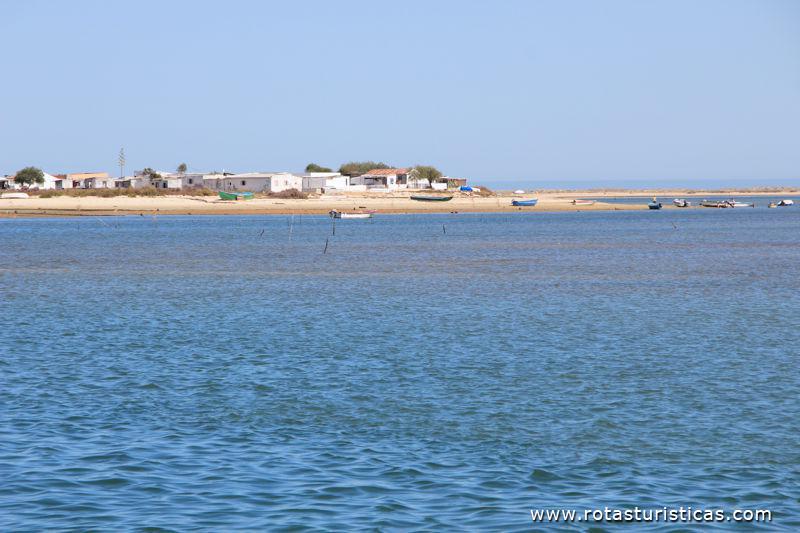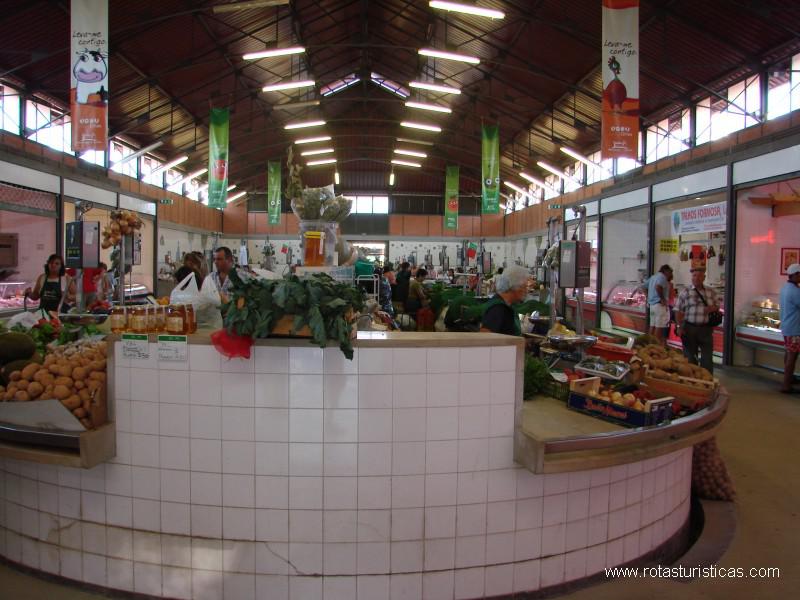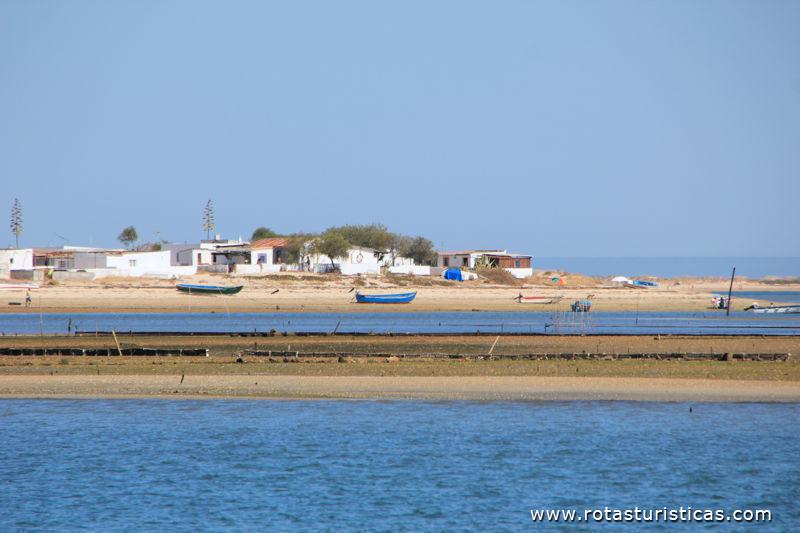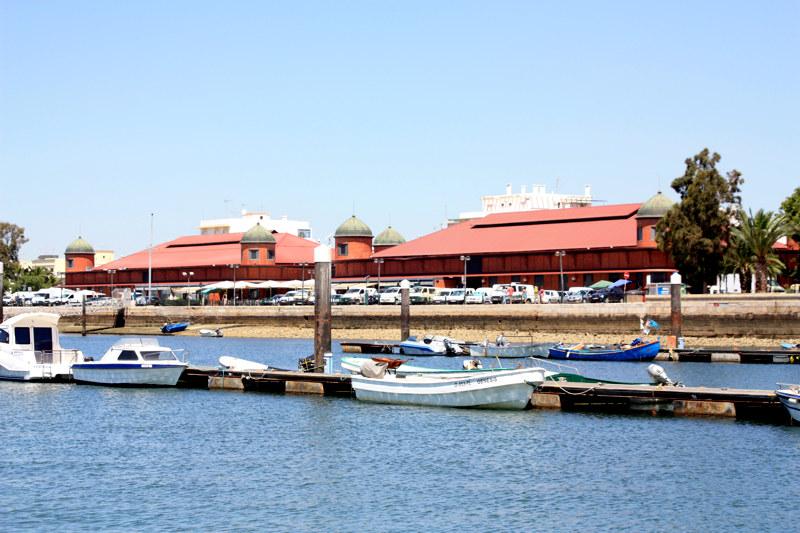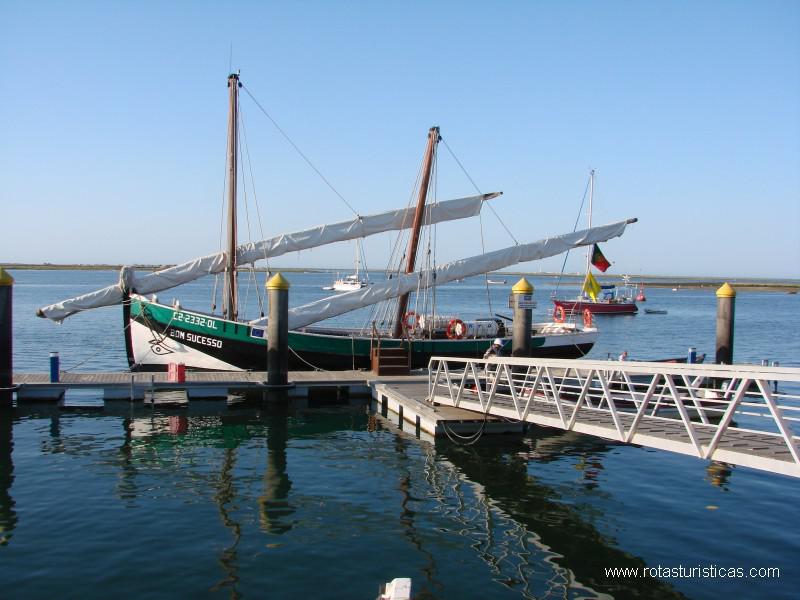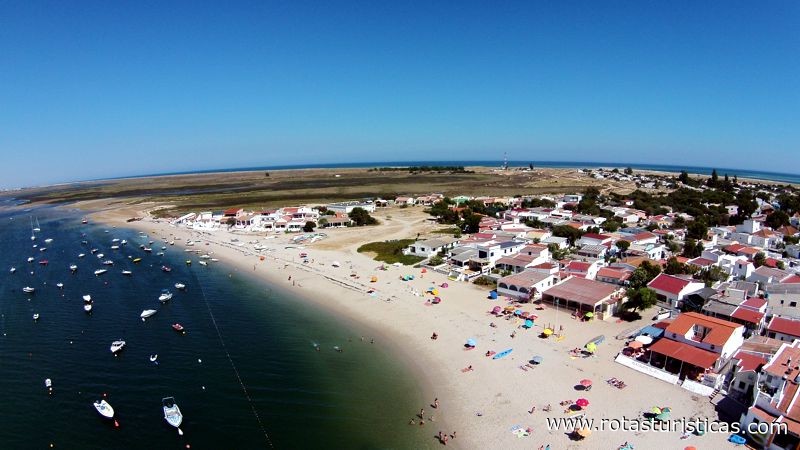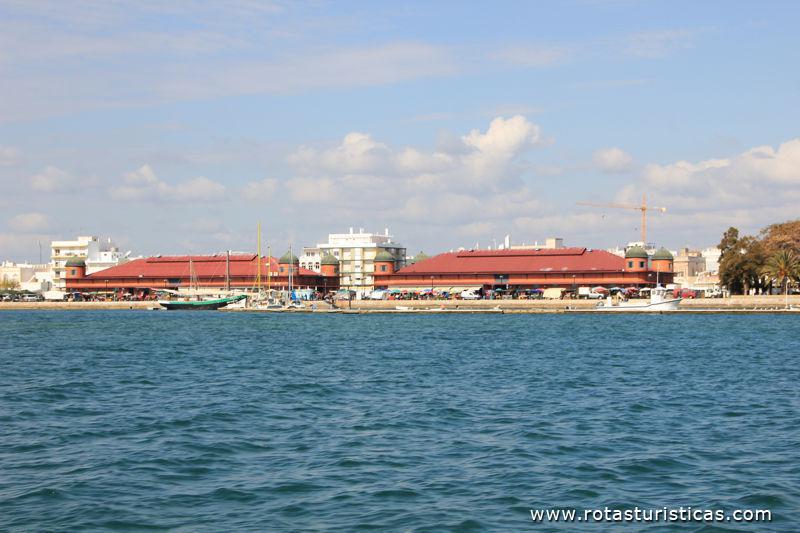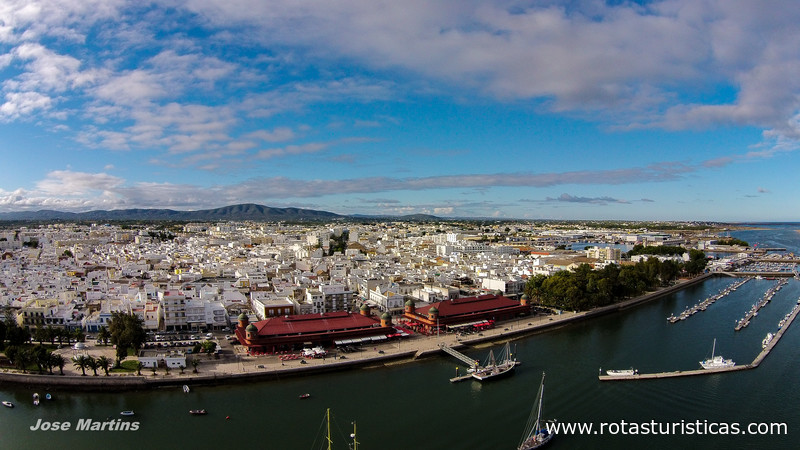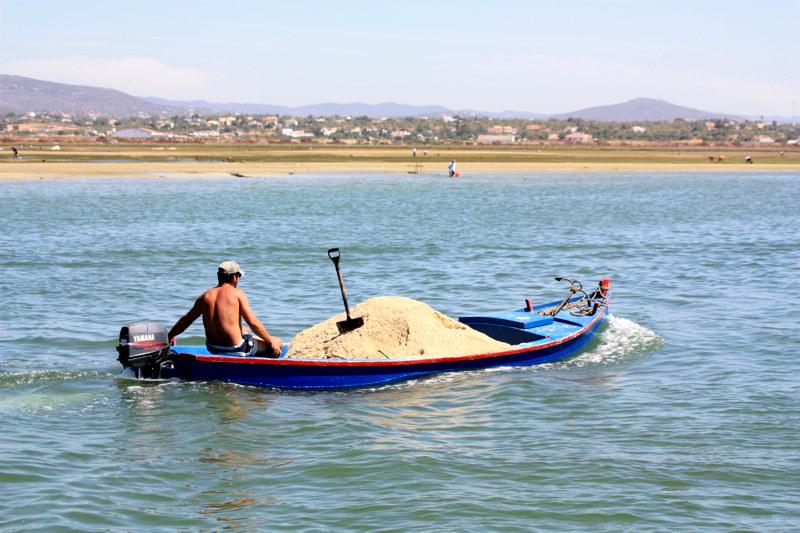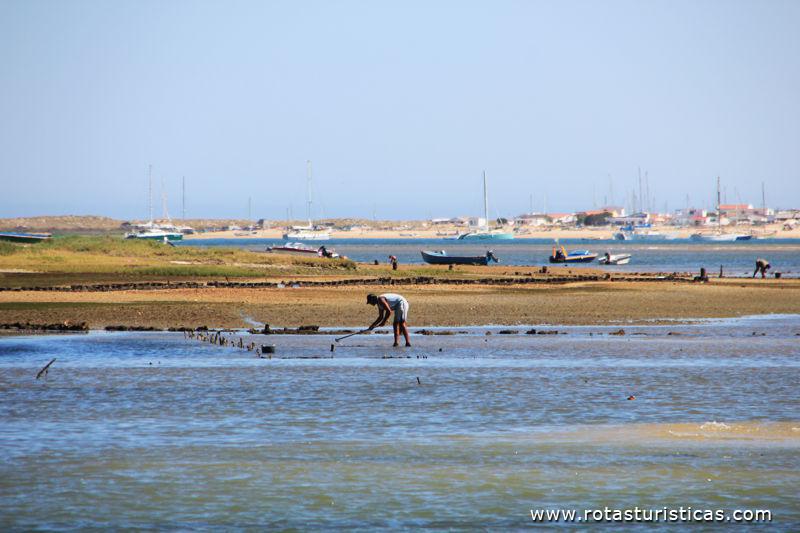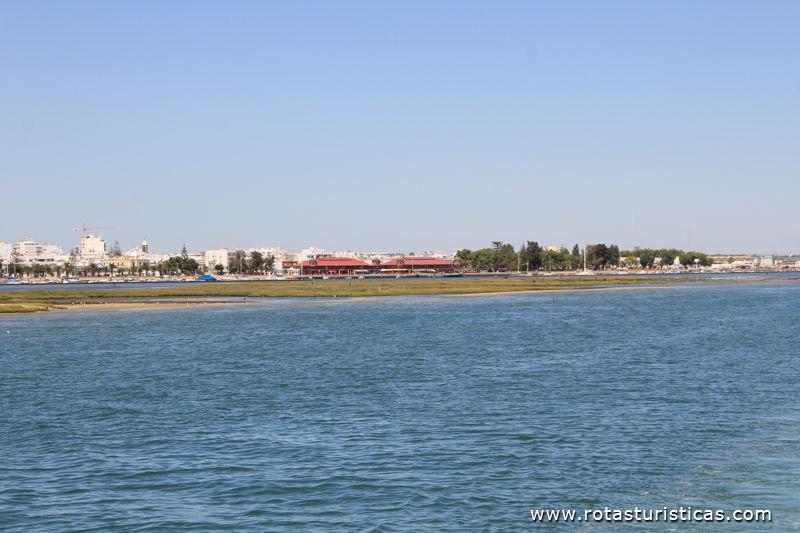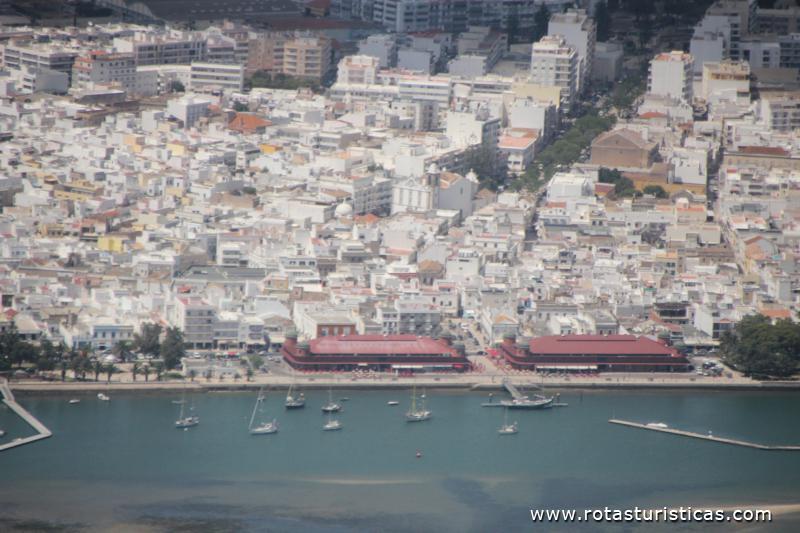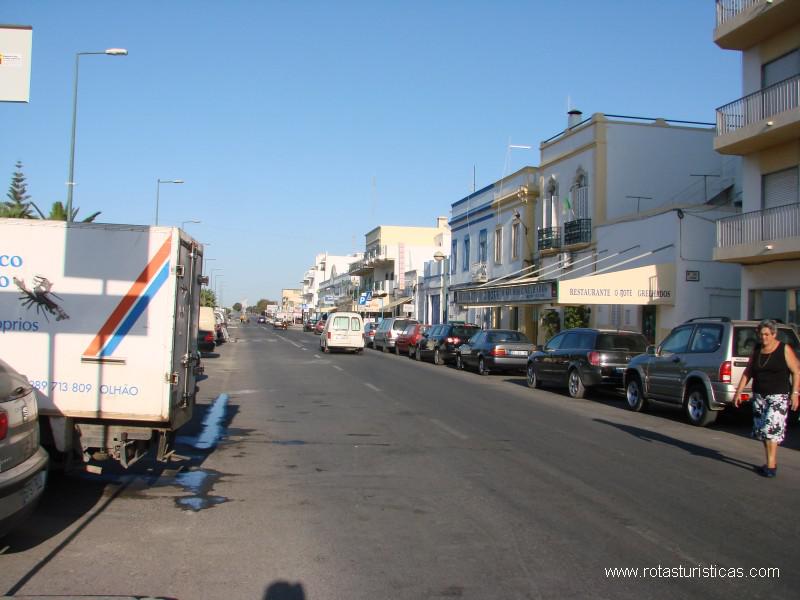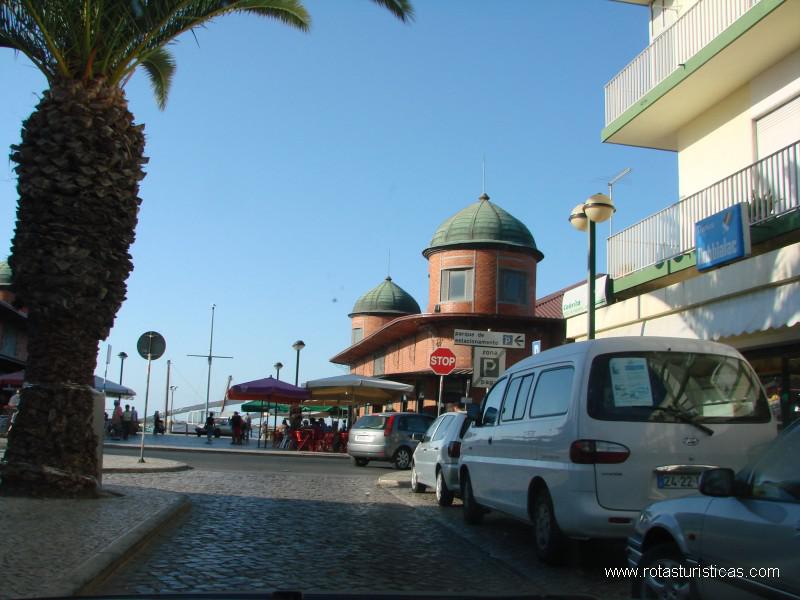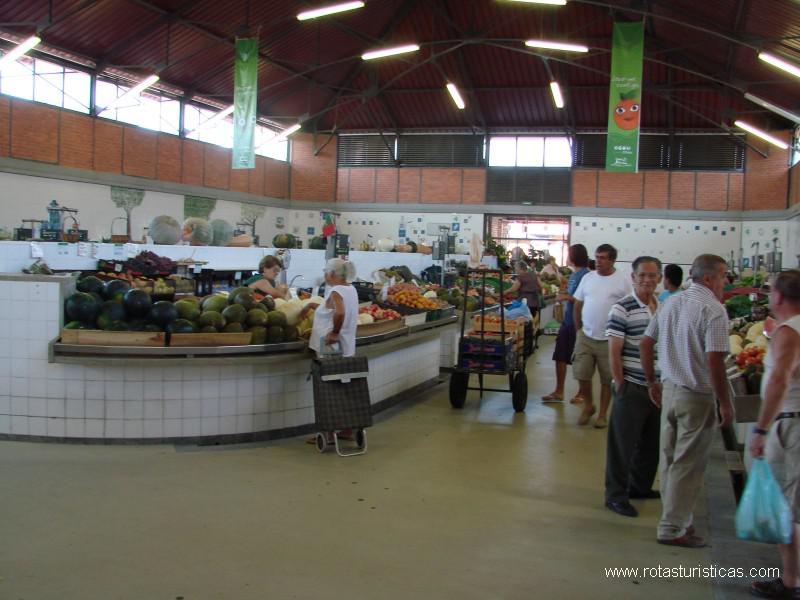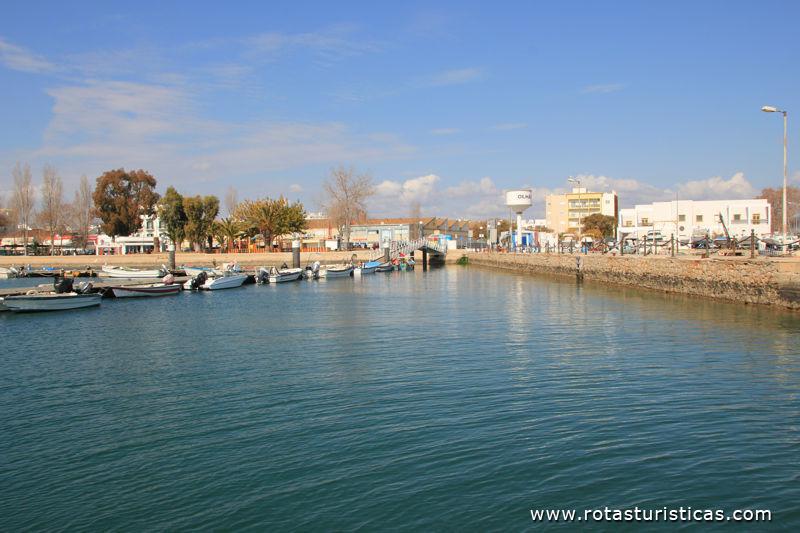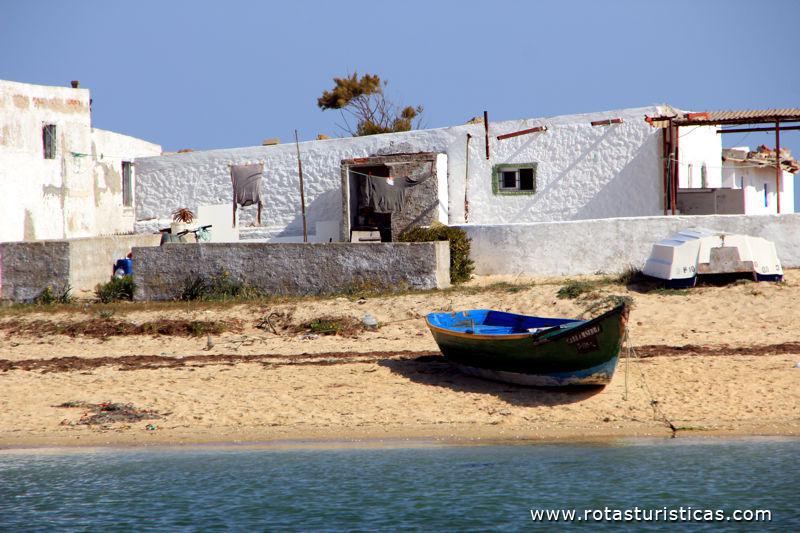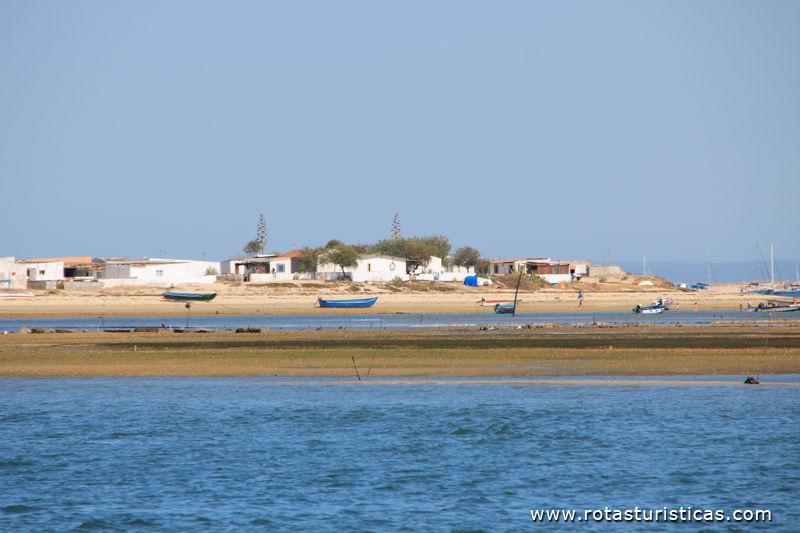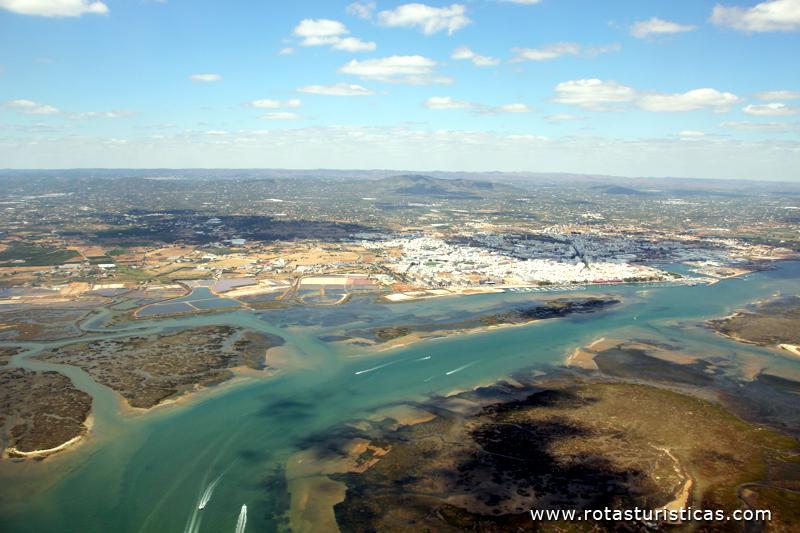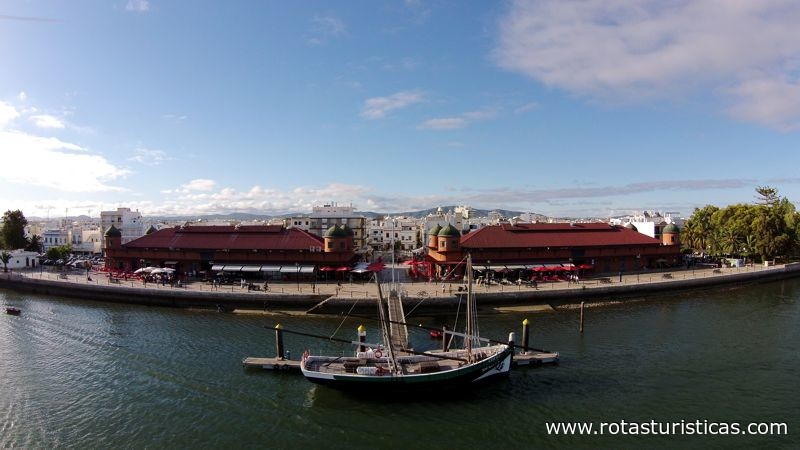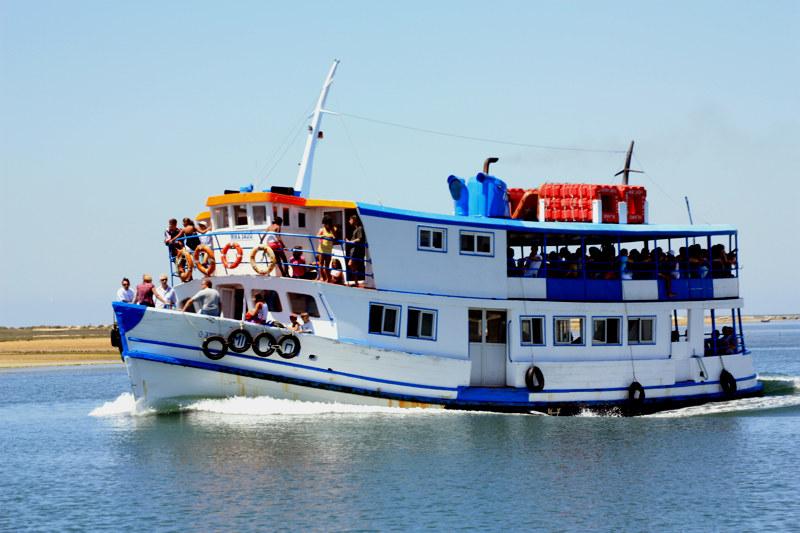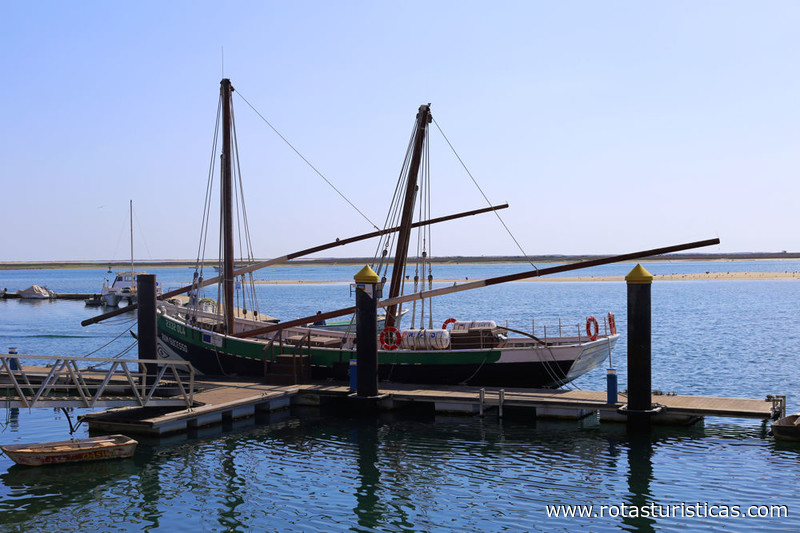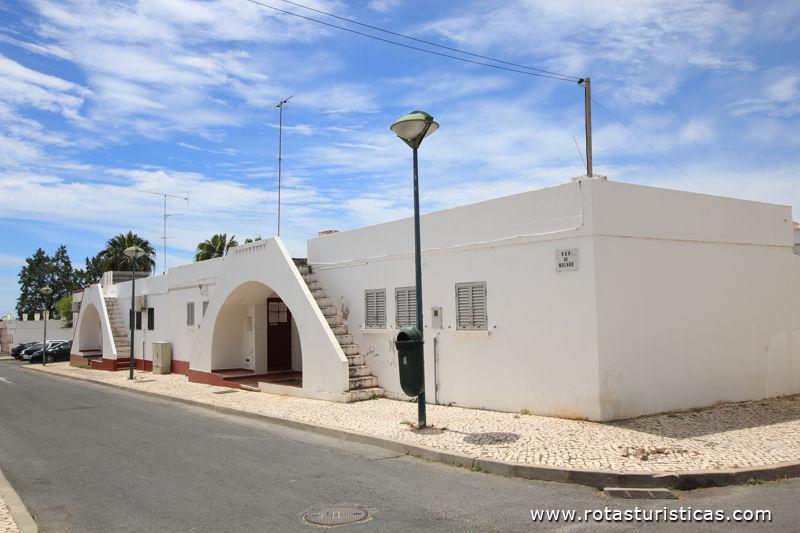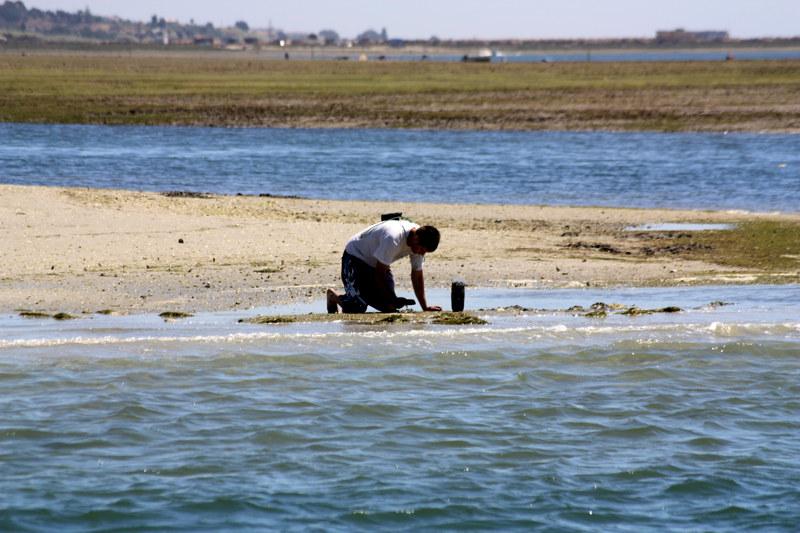Pictures of: Olhão - Algarve
Location map
Airports
Hotels and other Accommodation
Golf Courses
What to visit
Where to Eat
Where to have fun
Consulates & Embassies
World Nomads
The Travel Insurance with the largest coverage

The Travel Insurance with the largest coverage

Olhão
The Municipality of Olhão, located in Sotavento Algarvio, is one of the 16 municipalities of the district of Faro, with a territorial area of approximately 130km2, distributed in 5 parishes: Olhão, Fuseta, Moncarapacho, Pechão and Quelfes.
Confronting the north and east with the municipality of Tavira, the west with the municipality of Faro and the south with the Atlantic Ocean, the county of Olhão is inserted in the morphological sub-regions of the Barrocal and the Coast. In the Barrocal, the county is limited to the north by the contact of the old massif and to the south with the limestones dating from the Mesozoic Era. This line of contact represents an old coast line, justifying, therefore, the existence of the sedimentary deposits (limestone) on those of the old massif.
The coastline is the sub-zone with more recent materials, Quaternary or even Neogene. These deposits came to overlap with those of limestone and marl that make up the Southern Mesocenozoic Orla, presenting for its youth a little rugged relief aided by a platform that has not yet been shredded by surface runoff.
The entire coastal area of the municipality of Olhão is part of the Ria Formosa Natural Park, one of the most important wetlands at European level and was considered by the International Union for the Conservation of Nature as a wetland of global interest in 2004 .
The Ria Formosa Natural Park, established in 1987 by Decree-Law No. 373/87, of 9 December, was created with the first objective of protecting and conserving the lagoon system, namely its flora and fauna, including migratory species and their habitats.
It extends to the municipalities of Loulé, Faro, Olhão, Tavira and Vila Real de Santo António, and covers an area of about 18400 hectares along 60 km of coast, from the Ancão to the Manta Rota, including a great variety of habitats: barrier islands, marshes, banks of vasa and sand, dunes, salt marshes, freshwater and brackish lagoons, water courses, agricultural areas and forests.
In the municipality of Olhão, Armona Island is part of the barrier island system of the Ria Formosa, where the beaches of Fuseta and Armona stand out.
Confronting the north and east with the municipality of Tavira, the west with the municipality of Faro and the south with the Atlantic Ocean, the county of Olhão is inserted in the morphological sub-regions of the Barrocal and the Coast. In the Barrocal, the county is limited to the north by the contact of the old massif and to the south with the limestones dating from the Mesozoic Era. This line of contact represents an old coast line, justifying, therefore, the existence of the sedimentary deposits (limestone) on those of the old massif.
The coastline is the sub-zone with more recent materials, Quaternary or even Neogene. These deposits came to overlap with those of limestone and marl that make up the Southern Mesocenozoic Orla, presenting for its youth a little rugged relief aided by a platform that has not yet been shredded by surface runoff.
The entire coastal area of the municipality of Olhão is part of the Ria Formosa Natural Park, one of the most important wetlands at European level and was considered by the International Union for the Conservation of Nature as a wetland of global interest in 2004 .
The Ria Formosa Natural Park, established in 1987 by Decree-Law No. 373/87, of 9 December, was created with the first objective of protecting and conserving the lagoon system, namely its flora and fauna, including migratory species and their habitats.
It extends to the municipalities of Loulé, Faro, Olhão, Tavira and Vila Real de Santo António, and covers an area of about 18400 hectares along 60 km of coast, from the Ancão to the Manta Rota, including a great variety of habitats: barrier islands, marshes, banks of vasa and sand, dunes, salt marshes, freshwater and brackish lagoons, water courses, agricultural areas and forests.
In the municipality of Olhão, Armona Island is part of the barrier island system of the Ria Formosa, where the beaches of Fuseta and Armona stand out.
Tourism
The cubes of the white houses, with windows and platibandas covered in gray and blue. The tight, winding streets where we easily get lost in the maze. This is the old Olhão, land of fishermen, to which the bright colors of the boats that return of the sport come together. The hustle and bustle of the market by the water's edge and the terraces that invite to the leisure make the passage through the city a kaleidoscope of sensations, an exhilarating memory.
Mother Church
Hermitage of Our Lady of Soledade
Maritime Commitment
The Fishing Port
Historic center
Tours in Ria Formosa
Regular connections with the islands of Armona, Culatra and Farol make for a pleasant stroll along the estuary and allow you to enjoy the beautiful sandy beaches.
Mother Church
Hermitage of Our Lady of Soledade
Maritime Commitment
The Fishing Port
Historic center
Tours in Ria Formosa
Regular connections with the islands of Armona, Culatra and Farol make for a pleasant stroll along the estuary and allow you to enjoy the beautiful sandy beaches.
Gastronomy
It is unquestionable today that the cultural identity of peoples does not only pass through constructed goods, namely monuments that mirror the times of their civilizational journey, but also intangible goods - such as the culinary arts that characterize certain aspects of a nation or region, the passing of time tends to disappear.
The Restoration sector has deserved on the part of the Portuguese Government the intensification of measures of preservation, valorization and dissemination of the national gastronomy as an integral part of the Portuguese cultural heritage, in order to foment internal and external demand.
Gastronomy has been recognized as an important component of the attractiveness of both national and international tourist flows and has provided continuous development of the restaurant sector, being of crucial economic importance to any region and promoting the creation of direct and indirect jobs.
The activity of catering and beverages in Olhão stands out from the other Algarve municipalities, for their high contribution to the local economy, also assuming a preponderant role in the promotion and tourism development of our county, registering increasing demand indices.
In the municipality of Olhão there are many places where you can enjoy the gastronomy of the county, being par excellence Avenida 5 de Outubro, near the Ribieirinha area, which concentrates most of the food and beverage establishments.
The typical dishes of the county are, among others, Xarém con Conquilhas, this one of the 21 finalists to the 7 Gastronomic Wonders of Portugal, the Raia Alhada, the "Litão à moda de Olhão", the anchovies and the clams.
The Restoration sector has deserved on the part of the Portuguese Government the intensification of measures of preservation, valorization and dissemination of the national gastronomy as an integral part of the Portuguese cultural heritage, in order to foment internal and external demand.
Gastronomy has been recognized as an important component of the attractiveness of both national and international tourist flows and has provided continuous development of the restaurant sector, being of crucial economic importance to any region and promoting the creation of direct and indirect jobs.
The activity of catering and beverages in Olhão stands out from the other Algarve municipalities, for their high contribution to the local economy, also assuming a preponderant role in the promotion and tourism development of our county, registering increasing demand indices.
In the municipality of Olhão there are many places where you can enjoy the gastronomy of the county, being par excellence Avenida 5 de Outubro, near the Ribieirinha area, which concentrates most of the food and beverage establishments.
The typical dishes of the county are, among others, Xarém con Conquilhas, this one of the 21 finalists to the 7 Gastronomic Wonders of Portugal, the Raia Alhada, the "Litão à moda de Olhão", the anchovies and the clams.
Weather
The Algarve has a typical Mediterranean climate, characterized by the existence of a hot and dry season that reaches five months, with average daily temperatures in the order of 22.5ºC and a mild winter, with little precipitation and with average daily temperatures around 12 , 4 ° C.
Generally speaking, the municipality of Olhão has a humid temperate Mediterranean climate, with hot, dry summers and mild winters. Precipitation occurs unevenly throughout the year, concentrating in the autumn and spring months.
However, the climate of the county is not homogeneous, as you go inland, the maritime influence that is felt in the coastal strip is becoming lessening, becoming the hotter and drier and simultaneously more rainy weather.
Generally speaking, the municipality of Olhão has a humid temperate Mediterranean climate, with hot, dry summers and mild winters. Precipitation occurs unevenly throughout the year, concentrating in the autumn and spring months.
However, the climate of the county is not homogeneous, as you go inland, the maritime influence that is felt in the coastal strip is becoming lessening, becoming the hotter and drier and simultaneously more rainy weather.
Other tourist destinations in:
Portugal
Portugal
Other world tourist destinations
Why to book with TRAVEL CLUBE
The best prices
Our partnerships with the world´s largest operators offer research on the best market prices.
More options
At Rotas Turisticos you can book the hotel, buy the air ticket, book the transfer from the airport to the hotel and vice versa, book the local excursions, rent the car, take travel insurance and consult the places to visit and where to go.
Holiday Tips & Destinations
Hundreds of holiday destinations with all the options that allow you to easily choose the destination that best suits your dream vacation.
TRAVEL CLUBE
Links

